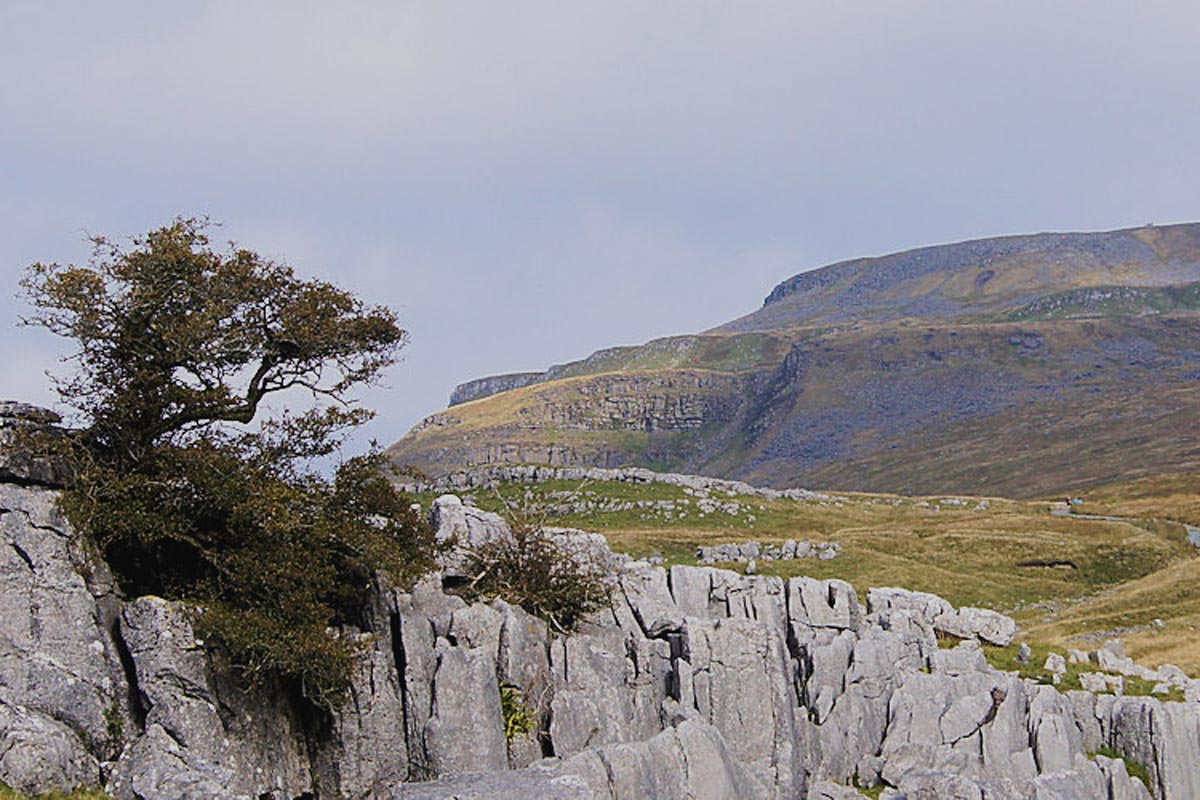The sperm whale is a magnificent deep sea marine mammal. With a maximum length of 18.3 metres this awe inspiring creature is the largest of the toothed whales. They can hold their breath for up to two hours at a time and dive 2 – 3km underwater, making it one the deepest diving mammals in the world.
Sperm whales roam across the deepest parts of the world’s oceans from the tropics to temperate regions, following their favourite delicacy of giant squid. Many sperm whales carry scars left behind from battles with these near-mythical prey.
Since the 16th century there have been 14 mass strandings of four or more sperm whales in the North sea and there has been an average of 5 – 7 individual stranding’s per year since the mid 1980’s with many of these stranding’s being recorded between November and March.
With recent climate change, sperm whales are having to move even further to find food and this could be the reasoning behind the recent, and largest ever recorded, mass stranding across the shores of the North Sea.
A total of 29 males stranded over a four-week period from the beginning of January and were splashed all over the news. We know that the whales were between 12 and 15 metres long, and thus, young adults that had formed a bachelor pod.
So why do we think that these whales have stranded? And why so many? There is a theory.
Thanks to an international commercial whaling ban, sperm whale population numbers are successfully recovering after a major decline since the 18th century.
Older male individuals, which would have usually been harvested by whaling boats, are now dominating the dating scene. This bachelor pod of younger, and less experienced, males were most likely unsuccessful in attempts to seduce females and instead undertook a food migration in the Norwegian deep (200 – over 700m deep). Following a shoal of squid, the sperm whales are believed to have ventured down into the central North Sea via the Norwegian trough.
Central North Sea depths are between 40 – 100m and thus significantly shallower than the Norwegian deep. This kind of depth can cause substantial navigation issues for a massive marine mammal that relies on echo-location for direction.

As the whales ventured south, inevitably, the squid ran out. The whales found had empty stomachs and were dehydrated severely. The whales would have used up their remaining energy searching for a depleted food source in a shallow sea, leading them to become exhausted and disoriented, and hence beaching.
As a sperm whale can weigh up to 20 tonnes, the sheer weight of their own flesh when unsupported by water can cause lung collapse and respiratory failure. Some of the bachelors stranded alive and wildlife experts were rallied in an attempt to assist and potentially re-float the individuals before too much damage was done, however, to no avail. All the sperm whales died, with some sperm whales taking more than 12 long hours to die.
When a rare event occurs such as a mass stranding, the natural thing to do is to look for a human related cause. After all, humans more than any other species are the ones responsible for causing extinctions and generally damaging our environment. Thus when people see these magnificent animals in distress on sand banks or mud flats, the immediate thought is that this suffering must have been caused by ourselves. Incidents such as the 2011 pilot whale stranding in Scotland, where scientists concluded that naval underwater explosions caused 19 pilot whales to become disorientated and consequently beach and die. However, there is no evidence to support such a concept for this particular case.
Although, saying that, the sperm whales that were found on Germany’s coast had a startling and disheartening amount of rubbish in their stomachs. Some of the debris that these colossal animals had swallowed include a whole a 13-meter-long fishing net, a plastic car engine cover and a plastic bucket. Although this probably didn’t directly cause the stranding, over time, the animals would have developed a false feeling of being satiated and would certainly have become malnourished if not stopping eating altogether.

Although there’s no reason to suggest that this distressing scenario was caused as a direct action from the human race, there are still things that we can do to help. Whilst the population of sperm whales is increasing, they are still 70% less abundant than before commercial whaling began.
The public can all help massively by undertaking small actions that can add up in the long term; such as reducing litter entering the ocean and by reporting sightings of live whales to the Sea Watch Foundation, who use this data to inform policy on the animals’ protection.
If a member of the public comes across a beached whale or mammal, reporting to the British Divers Marine Life Rescue can help to ensure that experts are rallied quickly and may be able to undertake action to prolong life and potentially re-float these beautiful and wondrous animals. Dead animals should also be reported to CSIP (Cetacean stranding’s investigation programme).
This mass stranding is an unusual event in our lifetime, but has taken place across the ages. With increasing population numbers sperm whales should reach a stable number over the next few decades, but we shouldn’t be complacent. If we can all support each other to make small changes, hopefully the next stranding won’t be as a result of by-products of our own living.
Georgina works for the Sea Watch Foundation, a national marine environmental charity working to improve the conservation of whales, dolphins and porpoises in the seas around Britain and Ireland
Photo Credit: Laurence Clark (Castle Vision Photographic)/ Sea Watch Foundation




